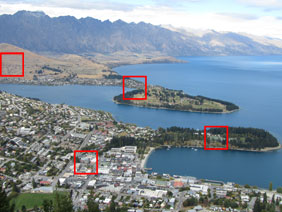Canon PowerShot SX210 IS
-
-
Written by Gordon Laing
Canon PowerShot SX210 IS vs Sony Cyber-shot DSC-HX5 Real-life resolution (default auto settings)
Canon PowerShot SX210 IS results : Real-life resolution / Sharpness wide-angle / Sharpness telephoto / High ISO Noise
Canon PowerShot SX210 IS results : Real-life resolution / Sharpness wide-angle / Sharpness telephoto / High ISO Noise
|
|
To compare real-life performance we shot the same scene with the Canon PowerShot SX210 IS and Sony Cyber-shot DSC-HX5 within a few moments of each other using their best quality JPEG settings and lowest sensitivities. The lenses on each camera were adjusted to deliver the same field-of-view; the Sony crops are larger due to its lower resolution. Each camera was set to Program mode without intervention to see how they performed with default settings. See our sharpness pages for results at all apertures. |
The image above was taken with the Canon PowerShot SX210 IS at 80 ISO with an exposure of 1/320 and the lens set to 7mm f4; the original file measured 3.61MB. As stated above, we allowed each camera to automatically select its own exposure in Program mode, in order to compare how they performed under default settings.
The Canon had nine aperture values at its disposal when set to this focal length, and in Program mode, selected one close to the maximum: the largest aperture available was f3.5, and the SX210 IS chose f4. Judging from our sharpness results pages, this was a good choice, as the SX210 IS delivers the sharpest results (depth-of-field aside) close to its maximum aperture. This wasn’t an isolated example either, with the SX210 IS regularly choosing large apertures in its automatic modes, thereby minimising the softening effect of diffraction.
This is in some contrast to the Panasonic Lumix TZ10 / ZS7, which tends to select relatively small apertures in its Auto modes, suffering from some softness through diffraction as a result. You can manually select larger apertures on the Panasonic for better results, but it’s unfortunate the camera prefers smaller ones when working in Auto or Program.
As for the Sony, the Cyber-shot HX5 has just two aperture settings available at any focal length, and has selected the smaller of the two here. Normally this would be cause for concern as smaller apertures on compacts often result in diffraction, but we believe the Sony employs a neutral density filter to simulate its smaller aperture settings. While this means there’s no control over depth-of-field on the HX5, it should at least eliminate any concerns over diffraction at large f-numbers. So while a similar f-number on the Canon and Panasonic models would result in diffraction with significant softening of the image, it essentially makes no difference to the Sony.
The crops below are taken from the areas marked with the red squares and presented here at 100%; again the Sony samples show a larger area due to its lower resolution. With cloud obscuring the mountain ridge, our first crops come from a lower area. There’s not a great deal of fine detail in these hills, but the Canon has managed to capture a little more than the Sony, while better avoiding the smearing caused by over-zealous image processing in areas of similar tonality.
A more meaningful comparison between the cameras can be seen in the next three rows. First of all it’s clear how the higher resolution of the Canon is delivering a tighter crop. There’s also finer details contained within, especially in the building markings on the second and fourth rows and within the foliage on the third.
But the higher pixel count is only partly responsible here, as Sony once again smears away much of its finest detail with a noise-averse approach to image processing. There may be little visible noise, at least at the lower sensitivities, but the penalty is a reduction in the finest details. In contrast, the Canon crops may reveal fine noise textures to pixel-peepers even at 80 ISO, but at least more of the detail captured by the sensor and optics makes it through to the final JPEG.
But given we’re comparing 14 Megapixels against 10, the differences may not be as great as you’d initially expect. The Canon is certainly recording finer details at its lowest sensitivity, but you’ll need to be peering closely to really notice it. Viewed at lower magnifications, or printed at all but the biggest sizes, you’d be hard-pushed to notice much benefit to the Canon’s 40% higher pixel-count.
It’s also crucial to see how each camera compares at higher sensitivities, and we’ll do just that in our High ISO Noise results page. But if you can wait a little longer, please check out our corner sharpness results first, as these reveal not just the quality when zoomed-out and in, but the impact of different aperture settings.
So onto our next results page to see how the PowerShot SX210 IS performs in terms of sharpness when fully zoomed-out. Alternatively skip straight to our High ISO Noise results, or our Verdict.
Canon PowerShot SX210 IS |
Sony Cyber-shot DSC-HX5 | |
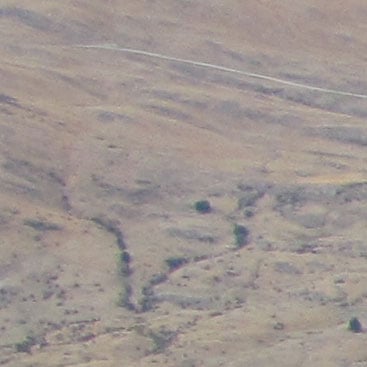 | 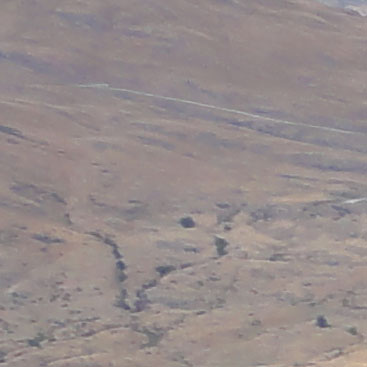 | |
f4, 80 ISO |
f9, 125 ISO | |
 |  | |
f4, 80 ISO |
f9, 125 ISO | |
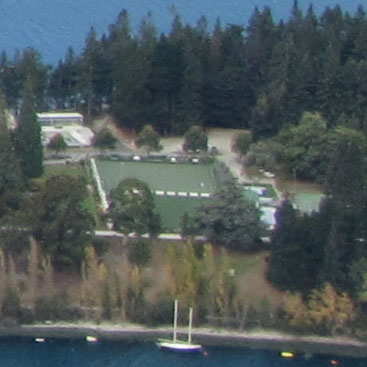 | 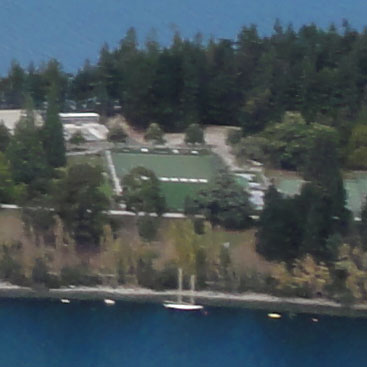 | |
f4, 80 ISO |
f9, 125 ISO | |
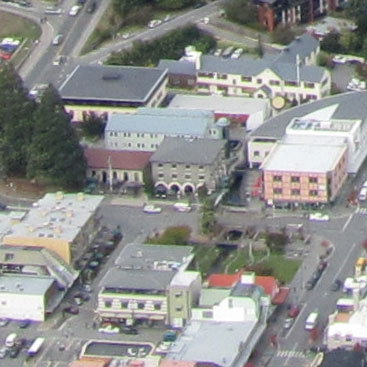 | 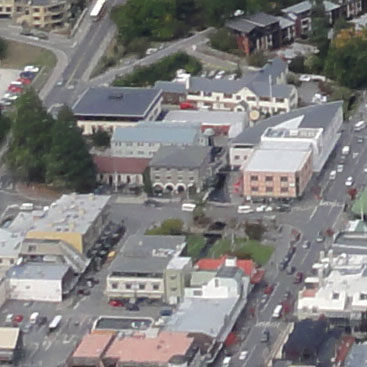 | |
f4, 80 ISO |
f9, 125 ISO |
